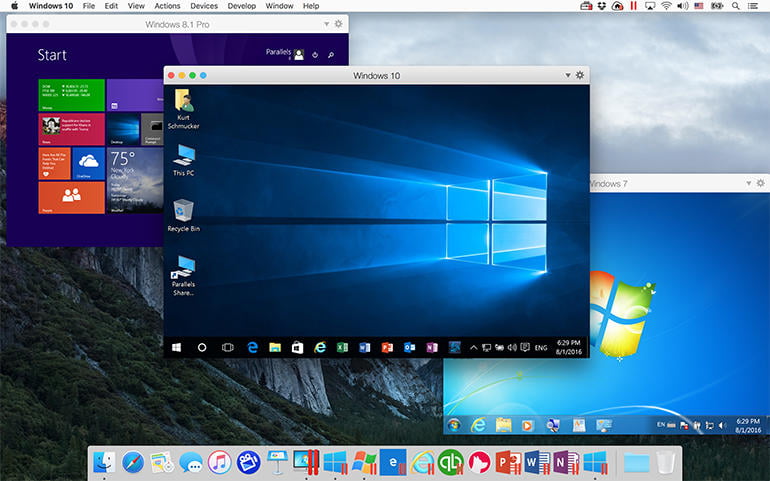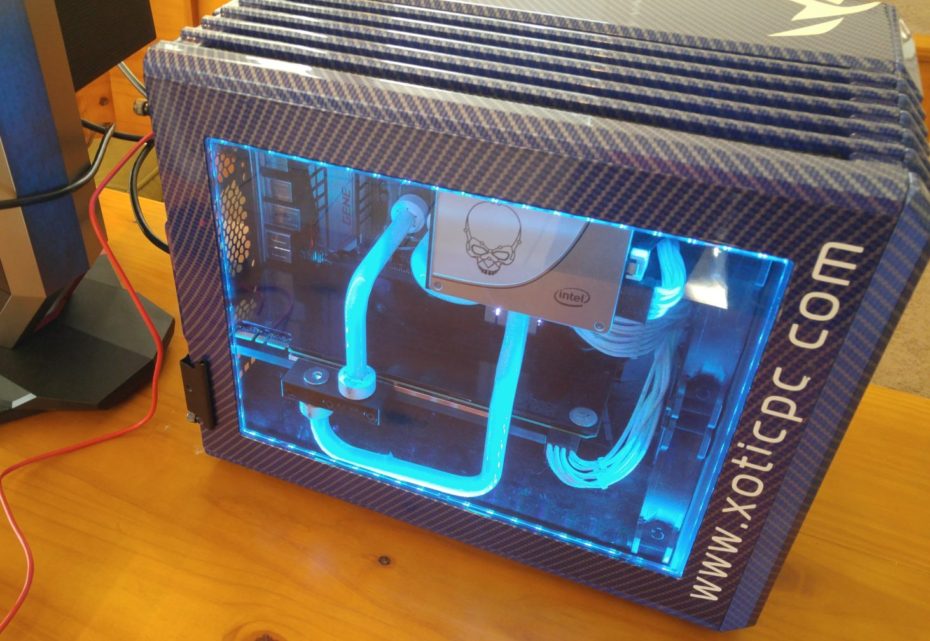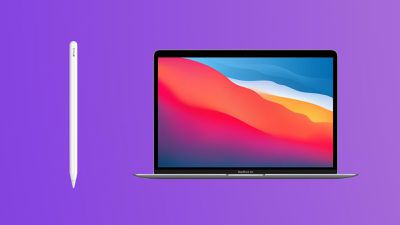
Parallels Desktop is celebrating its tenth birthday this year, and its regular cycle of annual updates has helped to consolidate its position as the leading virtualization tool for Mac users who need to run Windows apps on their office computers.
Last year’s update followed the launch of Windows 10; it was a major upgrade that focused on supporting new Windows technologies, such as the Cortana voice-driven virtual assistant. This year’s Parallels Desktop 12 is a more modest update, but it does include a number of useful features that make it a worthwhile upgrade for existing users.

Image: Cliff Joseph/ZDNet
Desktop options
Like its predecessor, Parallels Desktop 12 provides three options for different types of users. The standard Parallels Desktop 12 is designed for home and education use, and allows you to buy a one-off, single-user licence for £64.99 (inc. VAT, or £54.16 ex. VAT), or a two-user licence for £97.49 (inc. VAT, or £81.25 ex. VAT). Existing owners of the standard edition can upgrade to version 12 for £34.99 (inc.VAT, or £29.16 ex. VAT).
There is also a Pro Edition that includes additional features for developers, and a Business Edition that provides extended technical support, as well as tools for IT managers who need to manage multiple virtual machines within their organisation. The Pro and Business Editions both require an annual subscription of £79.99 (inc. VAT, or £66.66 ex. VAT), which includes automatic upgrades for each new version. However, the core features and improvements in Parallels Desktop 12 are common to all three versions, and even the standard edition will be perfectly adequate for many business users who simply need to run a few Windows apps every now and then.
Parallels performance
Some of the new features in Parallels Desktop 12 are clearly aimed at home users, such as the ability to run the Xbox streaming app for Windows on the Mac. But there are also a number of timesaving improvements that will appeal to business users. Parallels continues to finetune the program’s performance, and we found that we were able to suspend or resume a Windows 10 virtual machine on our office iMac in just three seconds — that’s around 50 percent faster than with the previous version.

Image: Cliff Joseph/ZDNet
There’s a new Always Ready mode that automatically launches a specific virtual machine when you boot the Mac, but leaves it paused in the background so that it’s instantly available as soon as you need to open a Windows app. Your Windows apps can also be assigned a series of ‘behaviors’, such as always opening in full-screen mode, or automatically hiding the Windows desktop and other apps.

Image: Cliff Joseph/ZDNet

[Source:- ZD net]





